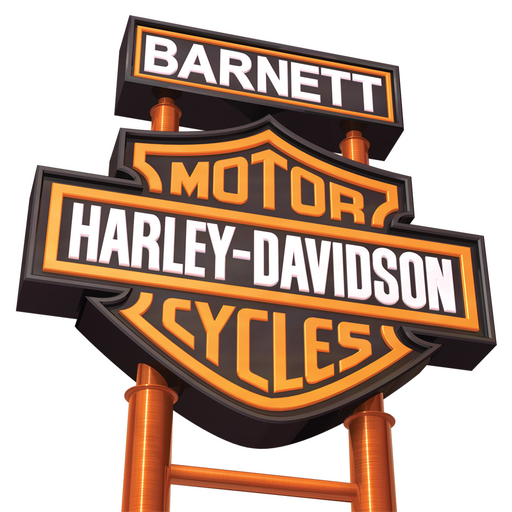Grawunder first came upon the in-line twin back in 2005, and doesn’t know the full-length history of its mysterious origins. “Apparently it had been sitting at a shop that specializes in Triumphs for close to three years waiting for the owner to come pick it up. So the mechanic eventually went through a lien sale process, cleared it, and put it up for sale. One of my buddies was down there, and he called me to see if I wanted it. I did, so that’s how I ended up getting a hold of it. It was pretty much still a stock bike at that time. The six inch over, two inch lowered, hard tail was already welded on to make it a rigid, and then it had what I call a ‘Harley wanna-be package’ where they had put saddlebags, and a big fender, and a tombstone taillight on it. But they still had the Triumph tank and things like that, so from there I stripped it down and sand blasted it, and started putting parts on it that I found online and at the Long Beach swap meet.”
Needless to say, there’s a good story behind how this 1961 Thunderbird grew itself such a long beak. “I was gonna put a girder front end on it. When I took it to Freddie Hernandez over at Fred’s Frames though, he was saying that he was thinking about building his old school rigid front ends again. Freddie used to work at Denver’s Choppers back in the day. He asked me if I wanted to put one of those on the T-bird, so I said ‘sure’.”
Mike’s fetish for super-stretched chop jobs extends well back into the days of his youth. “I actually put forks like that on my Stingray bicycle back when I was a kid. I found some pieces of pipe in my back yard and smashed the round end flat so they’d slip over the forks. Then I drilled a hole through the forks, and bolted them on, and rode around on my bike seated all up at an angle.”
While Grawunder’s lifetime of experience in wrangling floppers comes in handy while captaining the Thunderbird, he cautions that it’s a technique that takes some getting used to. “That’s a chrome moly rigid front end so it flexes as you go down the road and gives you somewhat of a suspension. That bike’s not something a beginner wants to jump on and ride. It takes some motorcycle experience under your belt before you can handle one of those. It’s a little unstable at lower speeds but then once you get rolling, it rides good. It’s a bar hopper though, not a freeway bike. The early Triumphs were only four speed transmissions anyway, and at freeway speeds they get to running at some pretty high RPMs.”
Mike loves to take the trumpet to rallies and shows, and has a blast parading it around for folks to check out. He’s itching to start a new build though, so with funds and garage space at a premium, Grawunder’s pricing it to sell. As he pointed out, even if you can’t get with the flexi-forks, and want to turn it into a cool little bobber instead, all you have to do is swap out the front end. Who knows, maybe there’s someone out there in Barnett’s cyber-land waiting to write the next chapter in this intriguing little Brit’s history?
| SPECIFICATIONS | ||||||||||||||||||||||||||||||||||||||||||||||||||||||||||||||||||||||||||||||||||||||||||||||||||||||||||
|---|---|---|---|---|---|---|---|---|---|---|---|---|---|---|---|---|---|---|---|---|---|---|---|---|---|---|---|---|---|---|---|---|---|---|---|---|---|---|---|---|---|---|---|---|---|---|---|---|---|---|---|---|---|---|---|---|---|---|---|---|---|---|---|---|---|---|---|---|---|---|---|---|---|---|---|---|---|---|---|---|---|---|---|---|---|---|---|---|---|---|---|---|---|---|---|---|---|---|---|---|---|---|---|---|---|---|
|
|
|||||||||||||||||||||||||||||||||||||||||||||||||||||||||||||||||||||||||||||||||||||||||||||||||||||||||
